Search
Search Results
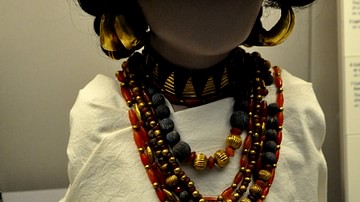
Article
Fashion & Dress in Ancient Mesopotamia
Fashion and dress in Mesopotamia – clothing, footwear, and accessories – was not only functional but defined one's social status and developed from a simple loincloth in the Ubaid Period (c. 5000-4100 BCE) to brightly colored robes and dresses...

Article
Pirate Weapons in the Golden Age of Piracy
Pirates in the so-called Golden Age of Piracy (1690-1740) used all manner of weapons to attack ships and relieve them of their precious cargoes. Heavy cannons, muskets, pistols, cutlasses, and grenades were just some of the weapons pirates...
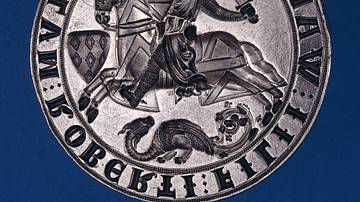
Article
The Weapons of an English Medieval Knight
The weapons of an English medieval knight in combat included the long sword, wooden lance with an iron tip, metal-headed mace, battle-axe, and dagger. Trained since childhood and practised at tournaments, the skilled knight could inflict...

Article
Coal Mining in the British Industrial Revolution
Coal mining boomed during the British Industrial Revolution as it provided fuel for steam engines of all kinds in factories, transport, and agriculture. Draining flooded mines to extract more coal was the reason the steam engine was invented...

Article
Interview: French Fashion during the German Occupation (1940-1944)
In 2024, France is celebrating the 80th anniversary of the Liberation (1944), and as part of a series of conferences organised by the Société archéologique et historique de Beaugency, Catherine Join-Dieterle, Doctor in History of Art and...
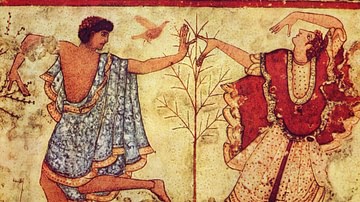
Article
Etruscan Clothing
The clothing of the ancient Etruscans, a civilization which flourished in central Italy between the 8th and 3rd century BCE, can be seen in many media of their art including wall paintings, bronze sculpture, stone relief carvings, and painted...
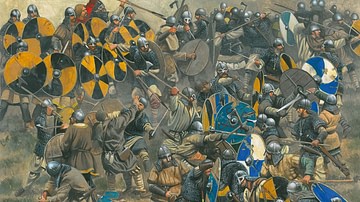
Article
Battle of Brunanburh
The Battle of Brunanburh, fought in the autumn of 937 at an unknown location, saw the English king, Aethelstan (r. 924-939), defeat a coalition of invading armies led by Constantine II of Scotland (r. 900-943) and Olaf Guthfrithson of Dublin...

Article
Diodorus Siculus' Account of the Life of Semiramis
Semiramis is the semi-divine Warrior-Queen of Assyria, whose reign is most clearly documented by the Greek historian Diodorus Siculus (l. 90-30 BCE) in his great work Bibliotheca Historica ("Historical Library") written over thirty years...
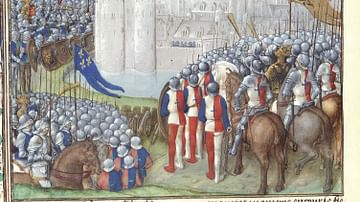
Article
The Siege of Damascus, 1148 CE
The siege of Damascus in 1148 CE was the final act of the Second Crusade (1147-1149 CE). Lasting a mere four days from 24 to 28 July, the siege by a combined western European army was not successful, and the Crusade petered out with its leaders...
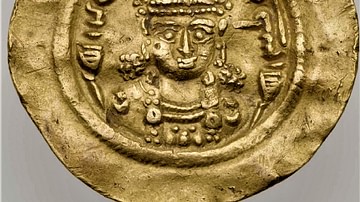
Article
Boran & Azarmiduxt: Queens of the Sassanian Empire
Boran (r. 630, 631-632) and Azarmiduxt (r. 630-631) were the only queens of the Sassanian Empire who ruled with the power of absolute monarchs. Daughters of Shahanshah (king of kings) Khosrow II (r. 590-628), Boran and Azarmiduxt, tried to...